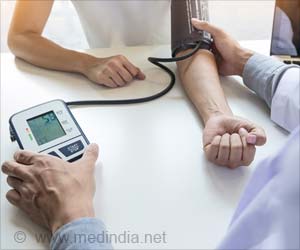“Diabetes continues to explode everywhere, in every country, and 80 per cent of people with it live in these low- and middle-income countries,” said lead author David Flood, National Clinician Scholar at the University of Michigan’s Institute for Healthcare Policy and Innovation.
‘Just one among 10 people with diabetes in low- and middle-income countries receive ample care — low-cost medicines to reduce blood sugar, blood pressure and cholesterol levels; and counseling on diet, exercise and weight, which can help lower the health risks. The risks include future heart attacks, strokes, nerve damage, blindness, amputations and other disabling or fatal conditions.’
“It confers a high risk of complications such as heart attacks, blindness, and strokes. We can prevent these complications with comprehensive diabetes treatment, and we need to make sure people around the world can access treatment,” he added.
The team analysed data from surveys, examinations and tests of more than 680,000 people between the ages of 25 and 64 worldwide conducted in recent years. More than 37,000 of them had diabetes; more than half of them hadn’t been formally diagnosed yet, but had a key biomarker of elevated blood sugar.
The team analysed data from surveys, examinations and tests of more than 680,000 people between the ages of 25 and 64 worldwide conducted in recent years. More than 37,000 of them had diabetes; more than half of them hadn’t been formally diagnosed yet, but had a key biomarker of elevated blood sugar.
Source: IANS



